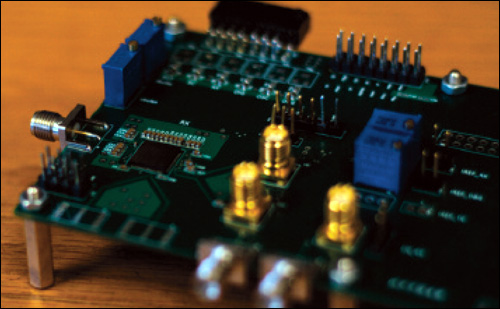Feb 19, 2016Each year, roughly 1 million patients, many of them elderly, fall while in U.S. hospitals. Roughly 30 percent of hospital falls result in injury, and 10 percent result in serious injury, such as a head trauma or fracture. Falls increase the length of hospital stays and the costs patients and hospitals incur. As people live longer, preventing falls is gaining urgency among health-care providers worldwide.
But reducing falls is not easy, because many occur when patients are alone, often in restrooms and around beds, and they tend to happen at night, when hospital staff levels are lowest. Now, researchers at the University of Adelaide's Auto-ID Lab, in South Australia, believe they may have an answer—a low-power, lightweight RF sensor that can alert health-care providers when a high-risk patient is up and about.

The system consists of a Wearable Wireless Sensing and Identification device based on the WISP platform (developed by Intel Research) with an onboard triaxial accelerometer. The unit measures 20 millimeters by 20 millimeters (0.8 inch by 0.8 inch) and 2 millimeters (0.08 inch) thick, and has an antenna for communicating with a passive ultrahigh-frequency RFID reader. It weighs roughly 2 grams (0.07 ounces), doesn't require a battery and will cost approximately $3 when manufactured in bulk.
Energy harvested from the UHF reader operates a 16-bit microcontroller and the accelerometer in the WISP unit. The microcontroller can perform a variety of computing tasks, including sampling sensors and reporting the sensor data back to the RFID reader. The devices can be read from roughly 13 feet (4 meters). Reader antennas can be placed above the bed and hospital-room doorway and in the restroom to monitor activity.
Data from the RFID reader—including accelerometer readings, location information, direction of motion, velocity and time—are sent via the hospital's local area network to a server running patient-monitoring software. Readers can also pick up traditional passive UHF tags on walking aids and staff members.
An inference engine in the software analyzes the data received and classifies the event as either high risk or not high risk. High-risk events are then analyzed by an expert system based on rules to make a decision regarding the final response. If, for example, a high-risk patient is leaving her room without a walker or a nurse, the system will trigger an alarm for someone to intervene and try to prevent a fall.
A prototype of the system was tested on 26 volunteer patients, 71 years of age or older, at Queen Elizabeth Hospital, in Adelaide. "The system's performance was not as high as we would like because our sensor placement needs to change from the chest area to the shoulder," says Damith Ranasinghe, leader of the study. "We are currently waiting on ethics approval to test a new wearable antenna design for placement on the patient's shoulder.
"We have a patent filed for our fall-prevention approach, and we hope we can commercialize our technology," Ranasinghe adds. "It really makes sense if you are already doing patient tracking with RFID. Right now, our goal is to run a multicenter randomized control trial at two hospitals in Australia."
Ranasinghe and his colleagues have received $1.6 million (AUD) from the National Health and Medical Research Council to run a trial to demonstrate the efficacy of their approach. If successful, in a few years we could see a sharp drop in hospital falls.
